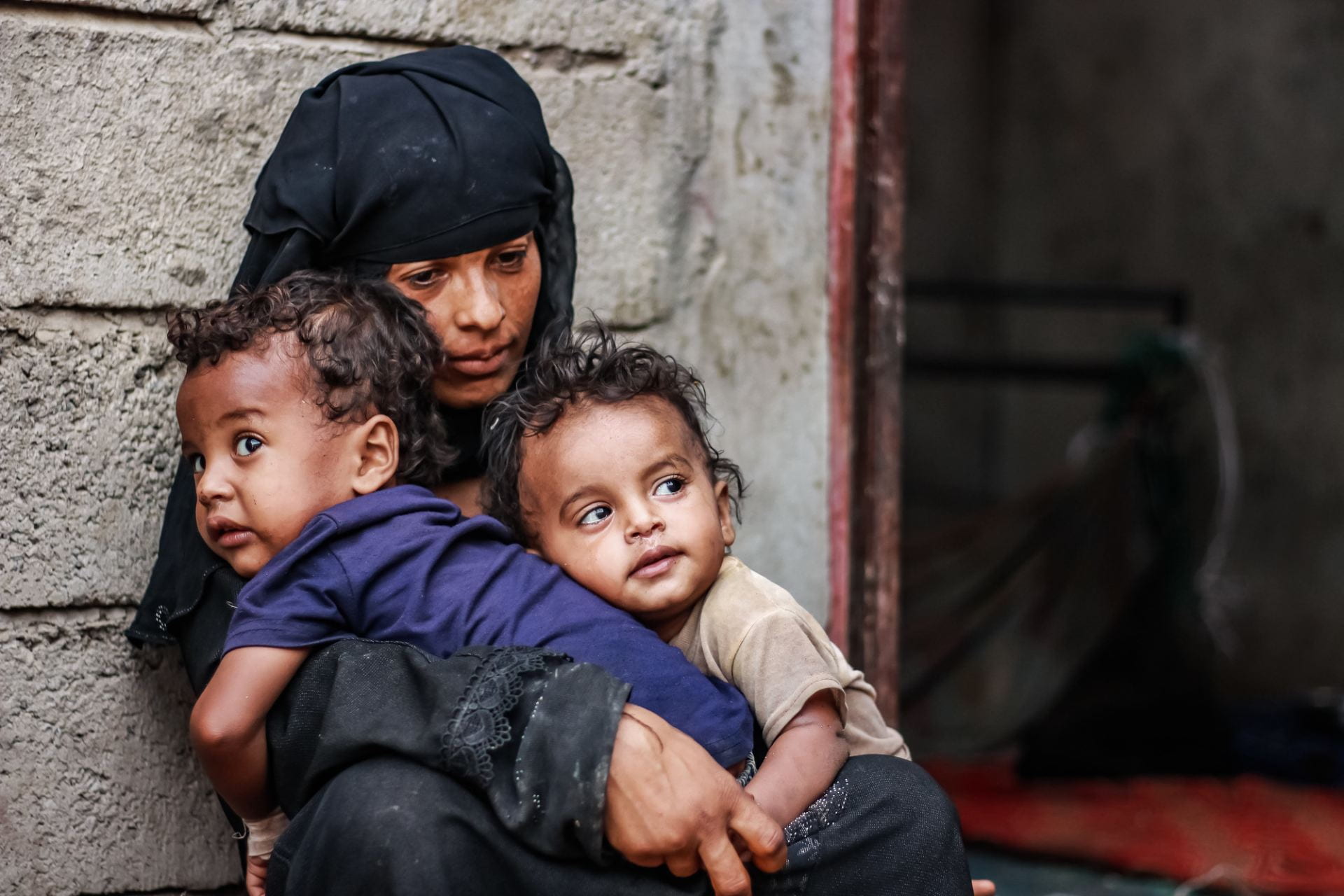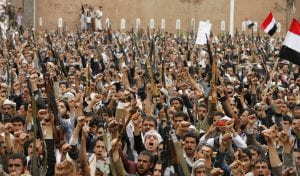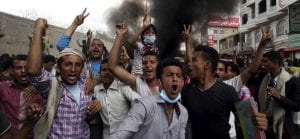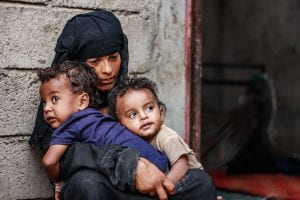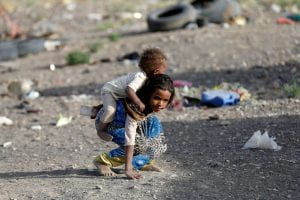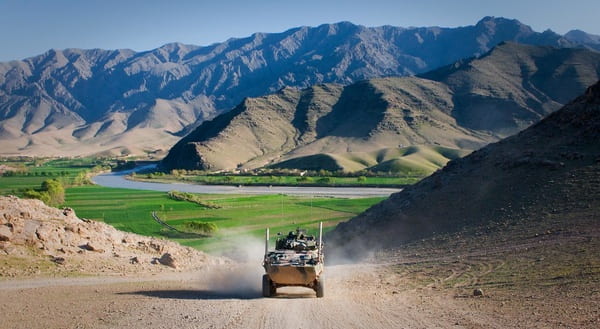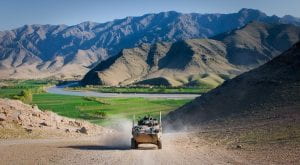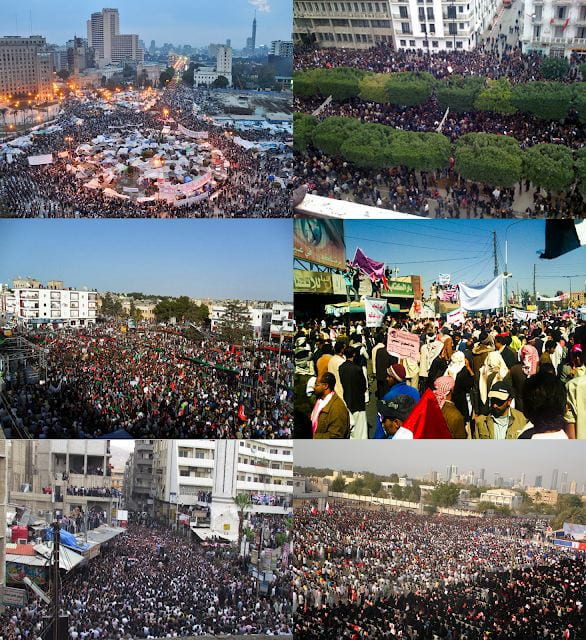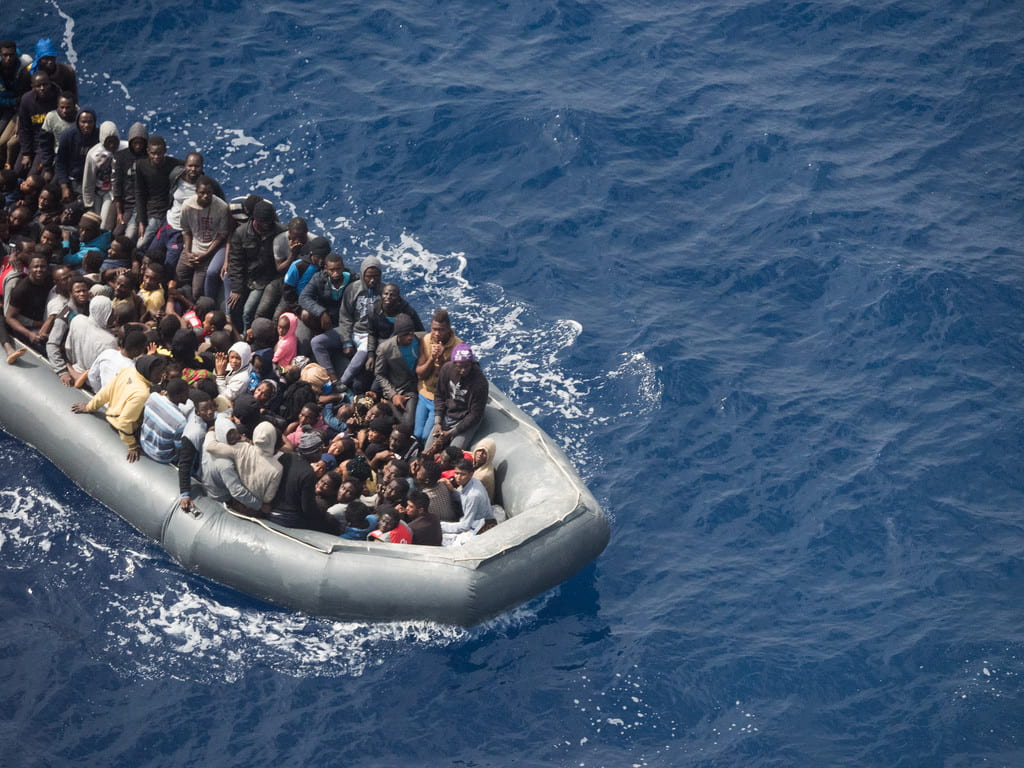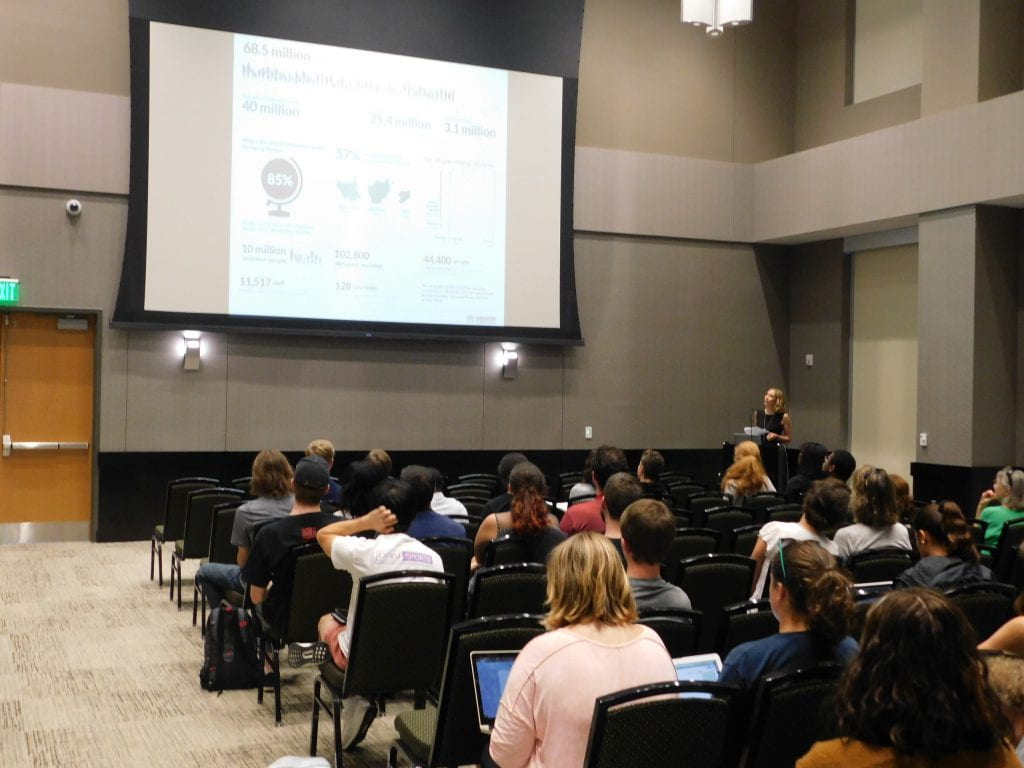Egypt, known as the mother of the world, has made headlines for its global health impact. From eradicating malaria to tackling hepatitis C, it has made strides to protect the health of its nation. However, women’s health seems to be on the back burner for the country. Egypt, a country rich in history and culture, remains a country that grapples with stigma and systemic inequality. The health issues still faced by the country are not just surrounding public health, but also human rights.

Source: Flickr
The Silent Crisis
Cervical cancer is rarely discussed. It is a preventable and treatable disease, primarily caused by infection with human papillomavirus (HPV). This burden is seen throughout the world, but especially the Middle East and North African region, which carries a unique incidence, being 24% in the Sub-Saharan region. Though there is variability through the region, Egypt faces large challenges to approaching HPV reduction. In Egypt, however, this is not frequently discussed, even though a population of 25.76 million women over the age of 15 are at risk of developing cervical cancer due to the lack of interventions that exist. The prevalence of HPV in Egypt in 2014 was 10.4%, with the highest rate occurring in women 45-54 years old. Beyond this, over 800 women die each year from cervical cancer in Egypt, with thousands more facing delayed diagnoses, impacting their ability to respond to treatment. A variety of factors contribute to the development of the illness in Egypt, ranging from knowledge gaps to a lack of vaccines accessible to marginalized communities. The number of infected individuals has been increasing steadily for various reasons, indicating the burden of illness in the country
The silence around cervical cancer is a product of overlapped gender stigma and medical discrimination. Some women have even reported feeling unsafe and scared about mentioning HPV and cervical cancer, due to the perception of external pressure. This results in women feeling less comfortable seeking out information and support before and during the onset of the illness, negatively impacting their outcomes.
Political Barriers
In Egypt, HPV and cervical cancer prevention is not just a medical issue; it is also deeply political. Policies have worked to make healthcare generally less accessible. An example of this was recent legislation passed in 2024. President Abdel Fattah al-Sisi signed legislation that allows private sector entities to operate and manage public health facilities on a for-profit basis. This is dangerous for the citizens of Egypt, especially those who come from lower socioeconomic backgrounds who rely on subsidized healthcare. The consequences of this in terms of HPV prevention are significant; laws like these limit the availability of accessible interventions that individuals can trust long-term, as there would be uncertainty regarding the long-term implications of their results. This mistrust could cause individuals not to seek vaccine opportunities and consequent treatment, if applicable, which would increase the burden of the disease in Egypt overall.
There are some humanitarian barriers that exist to helping reduce the onset of HPV and cervical cancer in Egypt. One is that of humanitarian support. With entities like the WHO and UN mobilizing care to millions across the world, their reach and impact is quite vast. With oncoming political crises, climate change, and more, many high-income countries are leveraging support for their low-income and middle-income peers. However, these programs, integral to global health security, are coupled with concerns about aid effectiveness and donor notices. Historically, donors have rewarded improved outcomes in governance and human rights; however, now, donors have worked to avoid “spillovers,” which is the impact of immigration policies in a country beyond the intended scope into their own country due to instability and migration flow. Though Egypt does not fall into this category as a state risky for aid support, it could be tangentially related. The country has faced many issues, ranging from security to freedom of speech attacks, resulting in lower spending on social protection, health, and education than would otherwise be possible, opening an outlet for the onset of disease in Egypt.
Social Barriers
Identity and culture also influence the onset of HPV as a precursor to cervical cancer. Those born female have an increased risk of developing HPV, a risk that is then compounded by class and socioeconomic status. In Egypt, there were around 1,300 new cases and 744 deaths from cervical cancer in 2023 alone. The incidence to death ratio is alarming considering that cervical cancer is preventable with a vaccine.
A lot of entities have tried to work to see how adverse outcomes in communities can be reduced. Ranging from the Egyptian Society of Women’s Health to NGO sites, there have been some improvements in reducing the HPV and cervical cancer incidence in Egypt. However, these interventions are not being adjusted to support the need of rural communities, leaving them underserved. This results in additional barriers for these communities to gain the access to healthcare they deserve.
HPV and the Fight for Human Rights
The societal silencing of the HPV issue results in additional challenges to addressing the health inequities that are present in Egypt when it comes to cervical cancel. As many women stay quiet about their diagnosis, they are unable to live their best lives and advocate for themselves. Women’s healthcare is a tool to improve life outcomes, and human rights will be best served by working to not only increase access to interventions, but also ensure that they are equitable for all Egyptian women across the world.




